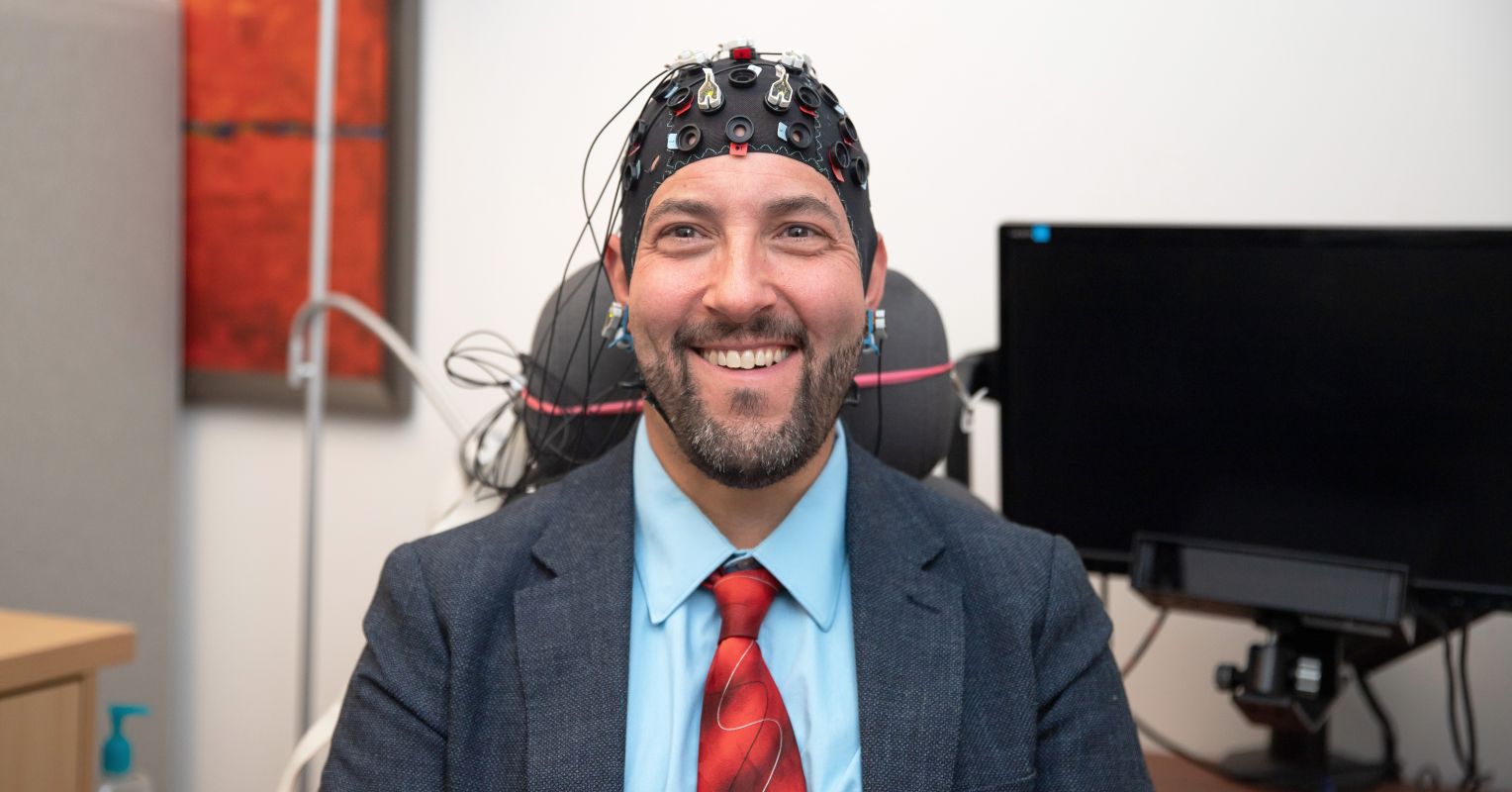#eeg
#eeg
[ follow ]
#neuroscience #mindfulness #alzheimers #brain-computer-interface #mild-cognitive-impairment #neuromarketing
fromNature
1 week agoDisconnecting part of the brain sends it into a deep sleep
The team wanted to find out whether the disconnected part has some form of awareness - or was capable of exhibiting consciousness, says co-author Marcello Massimini, a neurophysiology researcher at the University of Milan in Italy. "The question arises because we have no access" to the disconnected region, he says, adding that it was unclear what happens once part of the brain is isolated.
Medicine
fromPsychology Today
1 week agoLet Music Be Your Medicine
The brain generates rhythms naturally. One way to confirm this is to record the brain's electrical activity. This electrical activity results from the passage of ions (particles with positive or negative charge, such as sodium and chloride, the components of salt) across brain cell membranes. EEG (electroencephalography), a painless and harmless technique using wires (electrodes) placed on the scalp to record this activity, has been around for nearly a century. EEG reveals that much of a healthy brain's electrical activity is rhythmic, not random.
Medicine
fromYanko Design - Modern Industrial Design News
3 weeks agoWorld's First AI Sports Headband Nuromova N1 Makes Mental Fitness Part of Your Game - Yanko Design
Athletes know that performance isn't just about physical strength or stamina. Mental focus, resilience, and emotional control are just as critical when the pressure is on. Yet most wearables on the market still focus on heart rate, steps, or calories, leaving the brain's role in training largely invisible. For anyone who's ever lost focus at a crucial moment or wondered why a session just didn't click, there's finally a new tool that brings mental fitness into the spotlight.
Wearables
[ Load more ]



